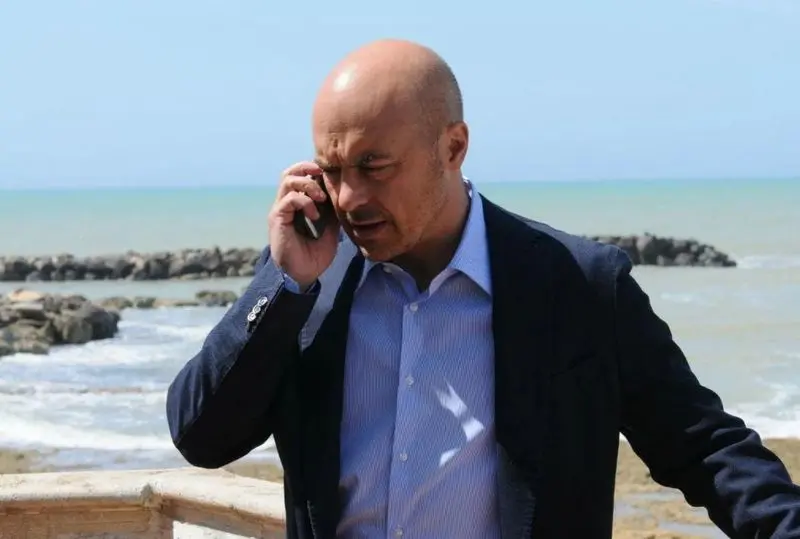

Montalbano sono!
A story about Sicily is one of sun, the kind that burns the skin and dazzles the eyes, one of grey stone walls, burnished stone roads, rugged stone mountains, and sculpted stone churches. And it’s one of the sea, which comes back again and again to shape the island it shields and silences, its waves like pages speckled with the salt of stories. Enter venerable writer Andrea Camilleri (whose kitchen is never short of salt). His tireless imagination cooked up the Inspector Montalbano novels, the protagonist of which allegedly pays tribute to the writer’s colleague Manuel Vázquez Montalbán. Since 1999, Carlo Degli Esposti’s production company Palomar has been turning the pages of Camilleri’s novels into a TV drama that successfully holds together the original strength of the story with the protagonist centre stage, accessible staging and – and this is where we come in – an elegant mix of locations.
Print itinerary
